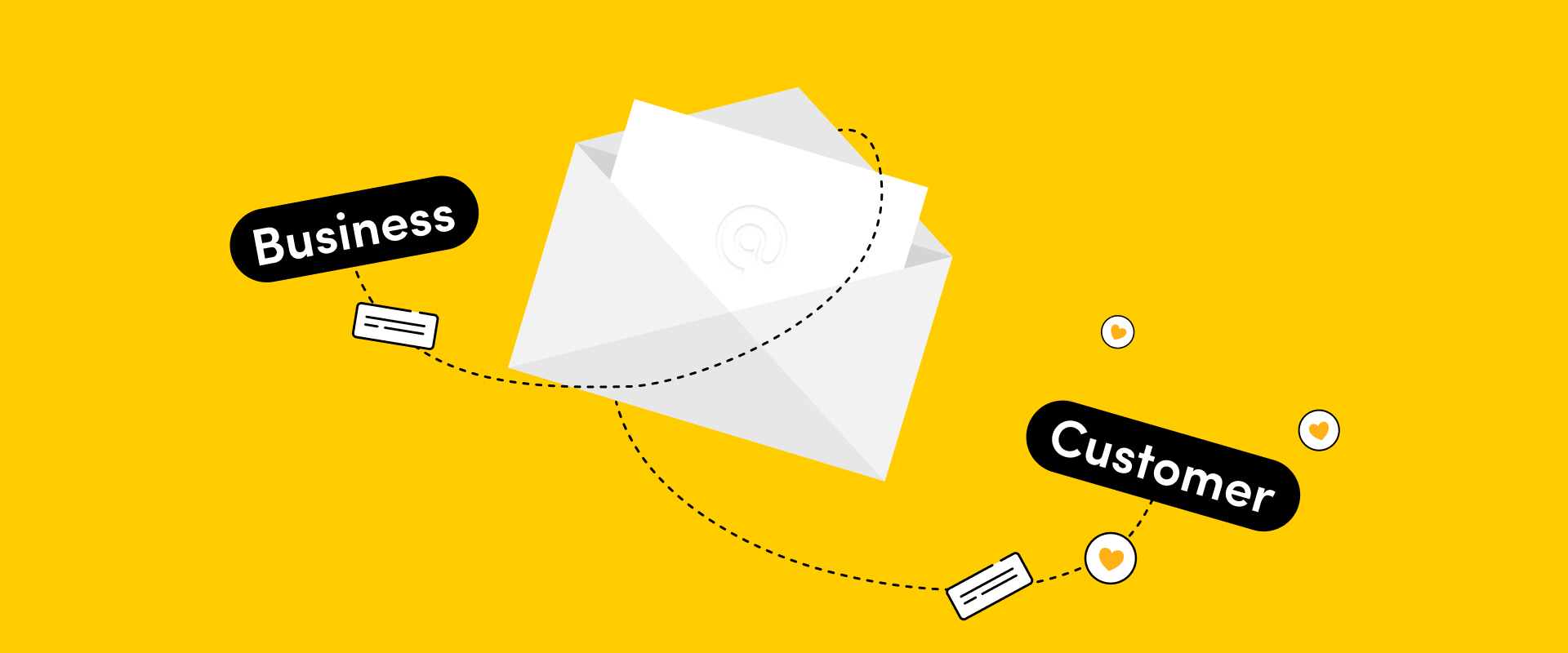Email marketing drives, on average, 174% more conversions than social media, and remains the undisputed heavyweight champion of the digital marketing world. It might seem like an old-school strategy, but it continues to be a cornerstone of marketing for businesses of all sizes.
The Relevance of Email Marketing
Direct Communication: Email marketing provides a direct line of communication between businesses and their customers. Unlike social media algorithms that decide what content users see, emails land right in the recipient’s inbox, ensuring a high likelihood of visibility.
Personalization: Modern email marketing platforms enable businesses to personalize their messages based on recipient behavior and preferences. Personalization boosts engagement and conversion rates by making recipients feel like the message was crafted just for them.
Automation: With automation tools, businesses can send targeted emails at the right time, making email marketing highly efficient. Whether it’s a welcome series, abandoned cart reminders, or birthday emails, automation streamlines communication
Cost-Effective: Email marketing is one of the most cost-effective digital marketing strategies. Compared to traditional advertising methods, it offers a higher return on investment (ROI)
The Effectiveness of Email Marketing
High ROI: Email marketing consistently delivers an impressive ROI. For every dollar spent on email marketing, the average ROI is $42.
Engagement: Emails allow for longer-form content, which can educate and engage recipients better than a tweet or an Instagram post. Businesses can provide in-depth information, product updates, and value to their subscribers.
Conversion Rates: Email marketing excels at converting leads into customers. A well-crafted email with a clear call to action (CTA) can drive recipients to make a purchase, sign up for a webinar, or take another desired action.
Tracking and Analytics: Email marketing platforms offer robust analytics tools, allowing businesses to track open rates, click-through rates, conversion rates, and more. This data helps refine future campaigns for better results.
This channel is one of a few that has very clear metrics for user engagement, and for that reason, it should absolutely be a tool in your arsenal (if it isn’t already). In a similar capacity, it is one of the simpler channels to evolve: Are open rates not strong enough? Comb your list for un-open frequency per user. Are click-through rates not high enough? Add CTAs, change current CTA placement, or restructure your content. Don’t be afraid to pop into an inbox, but beware of how tempting it can truly be – read on for more on this point.”
– Sydney Frenkel, Big Drop’s Sales Operations Associate
The Pros and Cons of Email Marketing
Pros
Cost-Efficient: As mentioned earlier, email marketing is cost-effective compared to other marketing channels.
Segmentation: Businesses can segment their email lists based on various factors like demographics, behavior, and purchase history, ensuring that recipients receive relevant content.
Personalization: Personalized emails are more engaging and lead to higher conversion rates.
Automated Campaigns: Automation saves time and ensures that the right message reaches the right person at the right time.
Cons
Email Overload: One of the biggest drawbacks of email marketing is the risk of overwhelming subscribers with too many emails. Over-emailing can lead to unsubscribes and a negative perception of the brand.
Spam Filters: Email providers use sophisticated spam filters to protect users from unwanted emails. Sometimes, legitimate marketing emails can get caught in these filters, reducing their reach.
Content Quality: Poorly crafted or irrelevant emails can damage a brand’s reputation and lead to unsubscribes.
List Decay: Email lists naturally decay over time as people change addresses, unsubscribe, or stop engaging with emails. Maintaining a healthy and engaged subscriber base requires ongoing effort.
Balancing Act: Avoiding the Annoyance Factor
Email marketing’s clarity of user engagement metrics makes it a timeless and essential tool for businesses. The key lies in using it wisely to nurture, not annoy, your audience.”
– Kaity Ayuso, Big Drop’s Business Development Manager
To mitigate the annoyance factor, businesses must strike a balance between regular communication and respecting subscribers’ preferences:
- Segment your email list to send relevant content to different groups, reducing the likelihood of sending too many irrelevant emails.
- Monitor the frequency of your emails. Consider sending fewer promotional emails and more valuable content, such as newsletters or educational resources.
- Allow subscribers to choose their email frequency and content preferences, giving them more control over their inbox.
In conclusion, email marketing remains a relevant and effective tool for businesses, but it’s crucial to use it responsibly to avoid being perceived as annoying. By delivering value, personalizing content, and respecting subscribers’ preferences, businesses can harness the power of email marketing to build and nurture lasting relationships with their customers.
